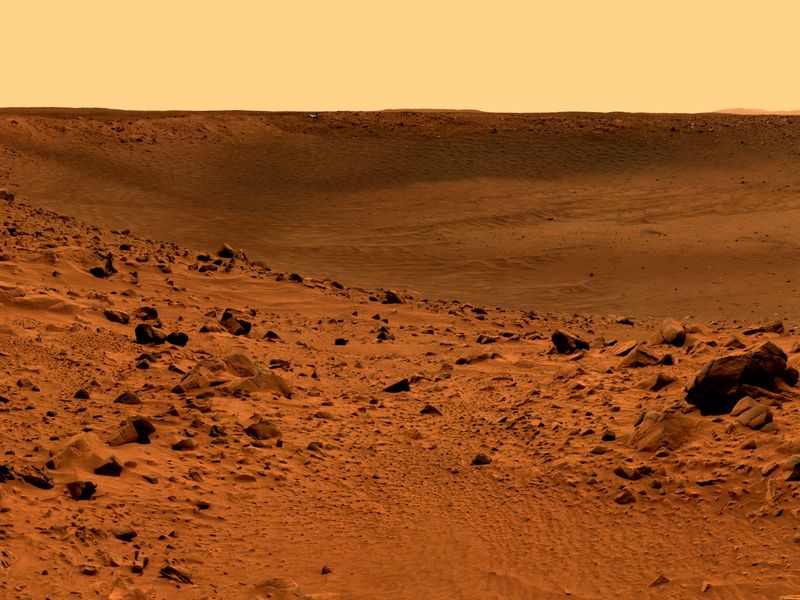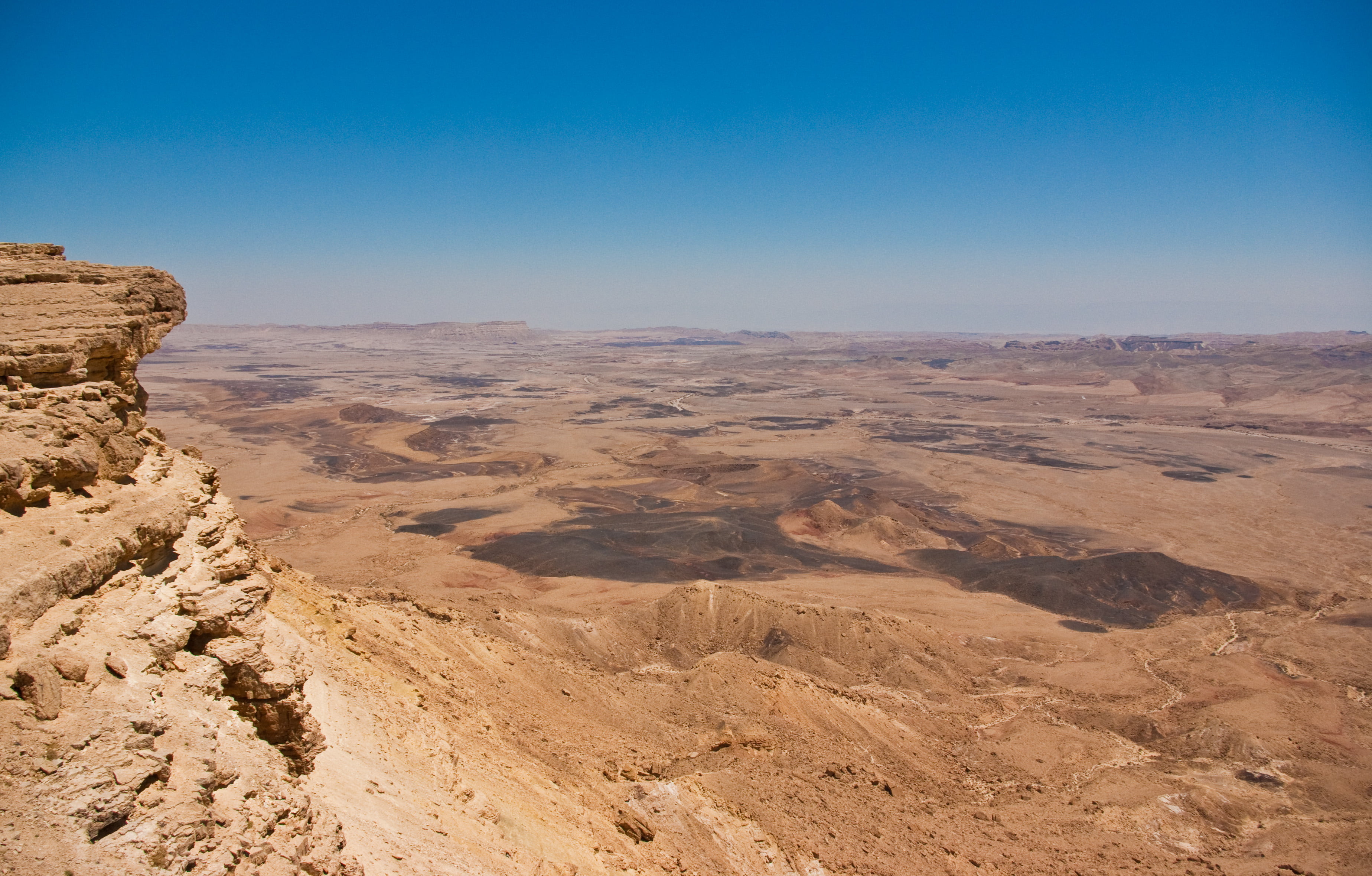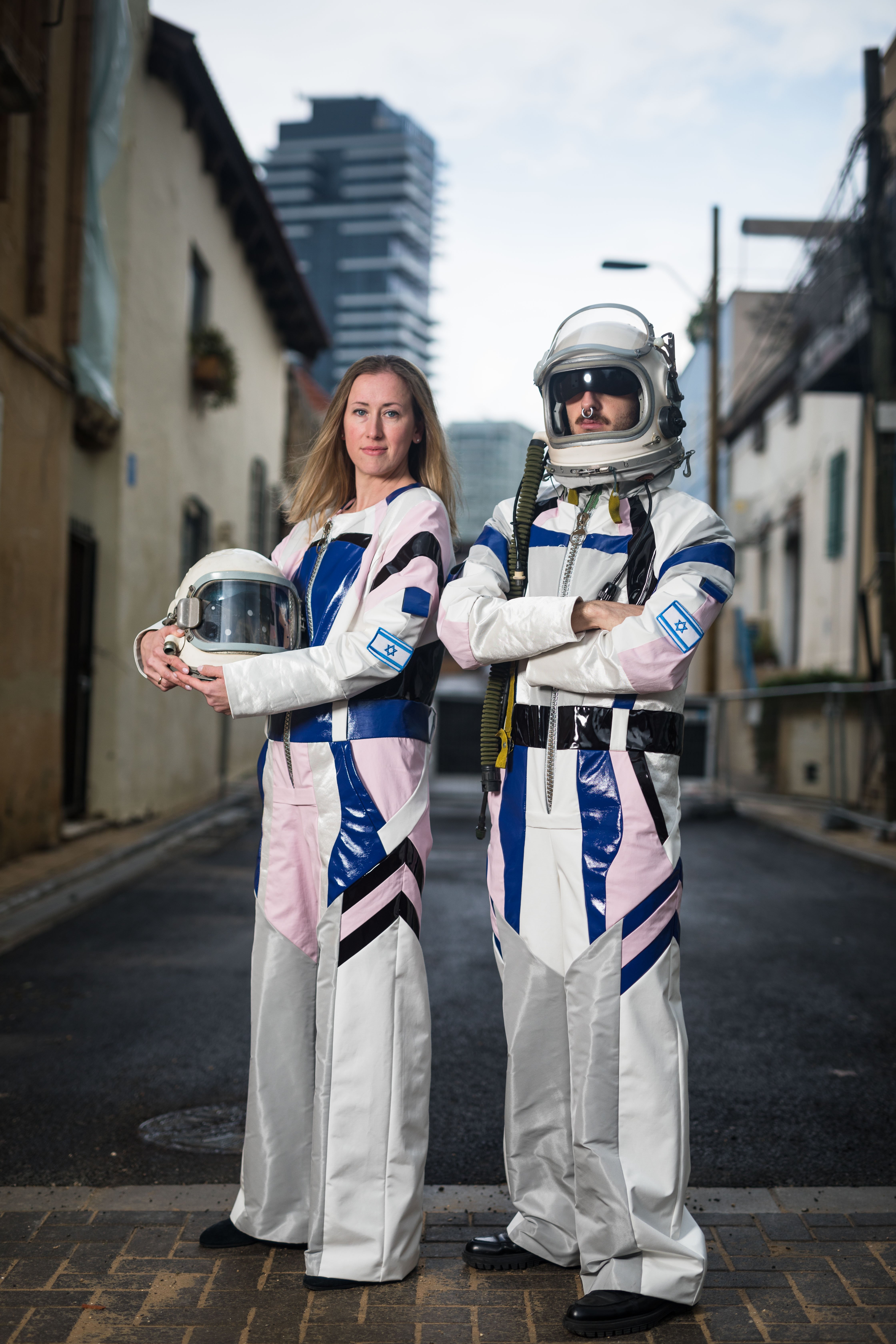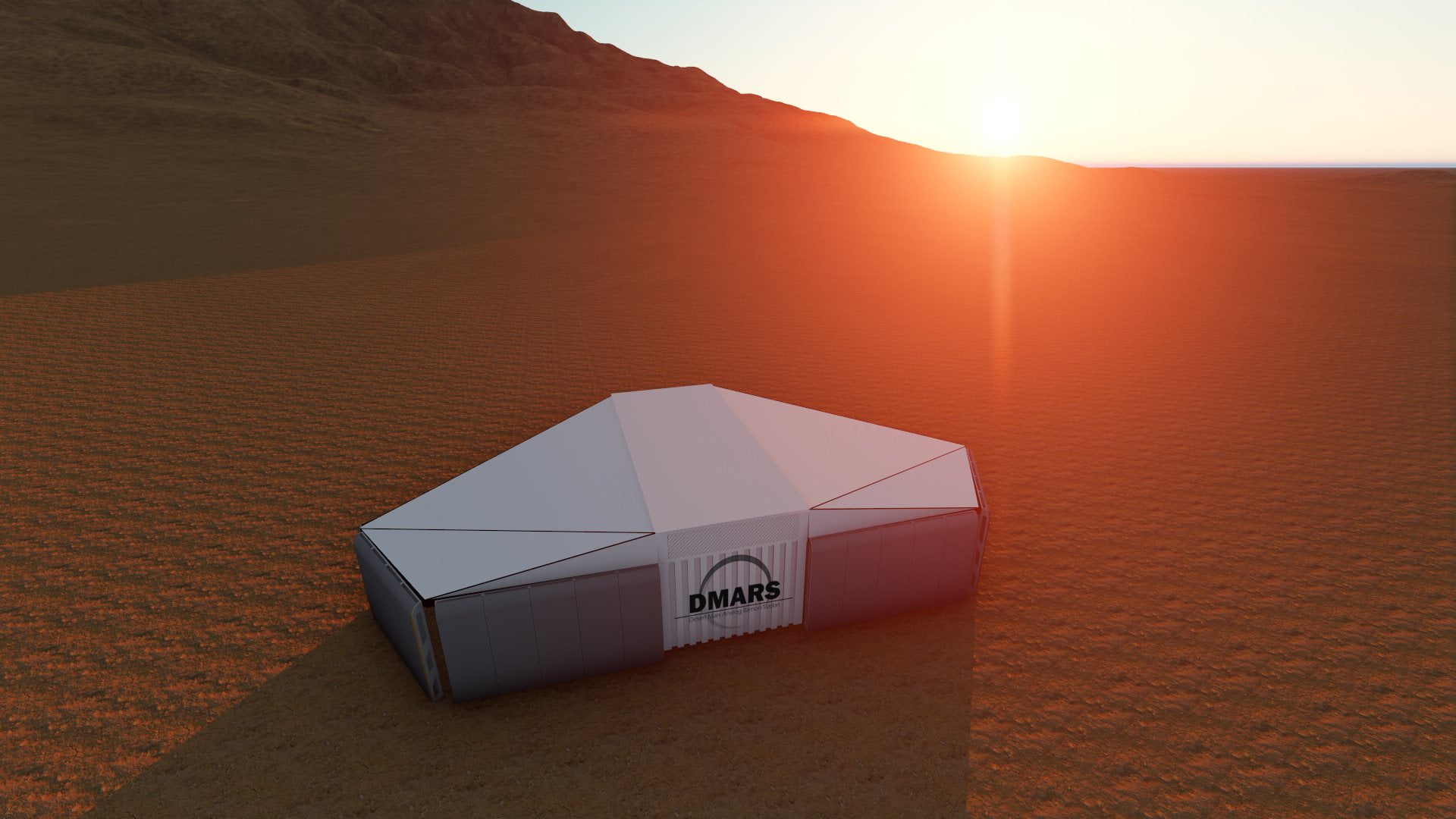Six Israeli astronauts are set to learn what life is like on Mars, without having to embark on a 300-day space voyage to get there.
A specialized structure simulating the Red Planet’s unique environment is currently being built near Mitzpe Ramon in the heart of the Israeli desert in the southern part of the country. The space station housing analog astronauts, specifically trained for spaceflight and technical tests in simulated space environments, is the first one ever created in Israel.
A mockup of the Desert Mars Analog Ramon Station, or D-Mars, was unveiled on Monday at the 13th Ilan Ramon International Space Conference in the Smolarz Auditorium at Tel Aviv University, during a launch event celebrating the project.
The goal of the project is to put Israel at the forefront of space exploration around the world, according to the mission statement.
SEE ALSO: Mission To Mars: Israeli Scientist Prepares To Live on Mars
The astronauts will live in the habitat, set out on exploratory missions “on Mars” in spacesuits, and go about their daily routine as if in space. The “Ramonauts”, as they are dubbed by the project, will even conduct blackout periods, a planetary phenomenon on the Red Planet where Mars passes almost directly behind the sun from the perspective of the Earth, causing difficulties in radio communication.

Will the D-Mars project be able to simulate the surface of Mars, a thick layer of oxidized iron dust and rocks of the same color? Creative Commons
The Mizpe Ramon area was chosen for the simulation center due to its similarities to Mars in terms of geology, aridity, and isolation.
Israeli communications satellite operator Spacecom partnered with D-Mars to provide its AMOS-7 satellite which will serve as the communication link between the astronauts and an off-site controls and operations center to be built at the Davidson Science Park in Rehovot. The room will monitor activities, provide missions, and will be the only point of contact for the astronauts.
Sign up for our free weekly newsletter
SubscribeDr. Hillel Rubenstein, the project’s manager and a postdoctoral fellow at Ben-Gurion University of the Negev, said in a statement that the project “pulls Israel to the forefront of space, and particularly Mars, exploration,” and added that it presented important cooperation opportunities with the Austrian Space Forum (OeWF), an international body specializing in analog missions. Last July, the OeWF selected Israel as one of 19 international experiments for Mars simulation.
“With the AMOS-7 satellite, we are adding an interplanetary-type communications facet to our experiments by simulating various challenges for our analog astronauts to handle and overcome. This is an amazing opportunity, and made even more so by our cooperation with Austria’s OeWF which will be conducting a simultaneous analog experiment in collaboration with ours in Israel.”

Mitzpe Ramon area was chosen as the region for this simulation center because of its similarities to Mars. Creative Commons
The analog research structure, called Habitat, was planned as part of a course at the Faculty of Architecture and Town Planning at the Technion-Israel Institute of Technology in Haifa. The course deals with the design and construction of space environments, bringing together students from aeronautics, mechanics, architecture, computer science and more.
Architect Alon Shikar said the habitat was designed in the form of a 15 square-meter rectangle with two wings folded into it, which could be easily deployed to increase its size to 50 square meters. “We put a lot of emphasis on usability and without compromise on comfort and a sense of home,” he told Israeli news site Ynet. The structure will be comprised of six compartments, including a sleeping area and control room in the right wing, labs in the left wing, and an inner rectangle in the middle containing water, electricity, and other life support systems as well as common areas like a kitchen. The sleeping area will be small capsules similar to the pods found in Japanese capsule hotels.

Popular designer Alon Livne worked with the Israel Space Agency to design the space suits for astronauts. Courtesy
Space suits for the astronauts have been designed by Alon Livne, the popular Israeli designer who has dressed Lady Gaga, Kim Kardashian, Beyonce, and Rihanna, in collaboration with the Israel Space Agency and the project’s science team.
SEE ALSO: NASA And Israel In Deal on Space Cooperation
The launch of the first mission will be in mid-February.
Related posts

Editors’ & Readers’ Choice: 10 Favorite NoCamels Articles

Forward Facing: What Does The Future Hold For Israeli High-Tech?

Impact Innovation: Israeli Startups That Could Shape Our Future





Facebook comments